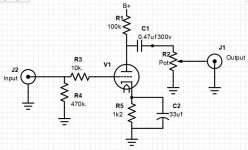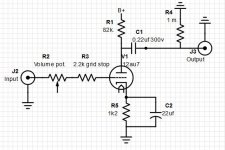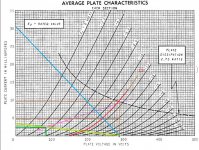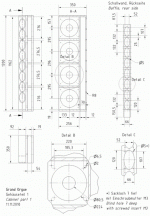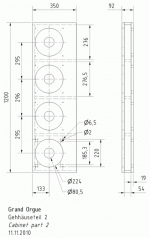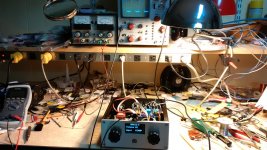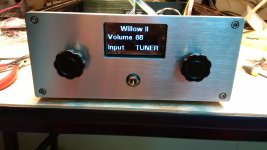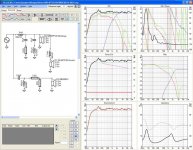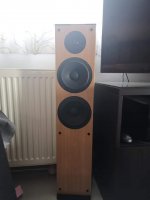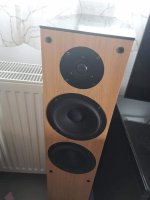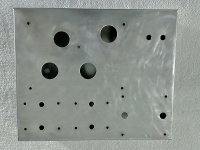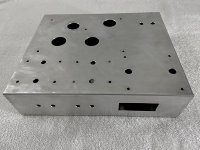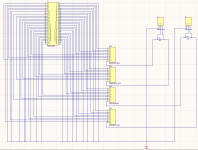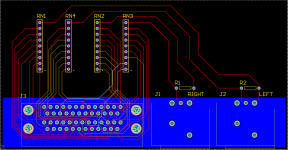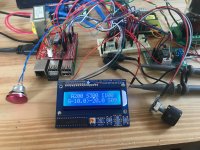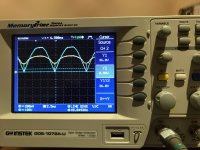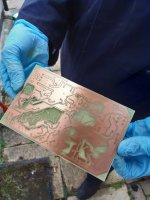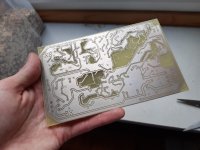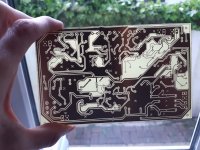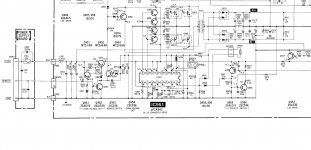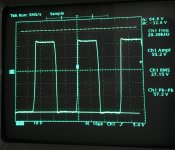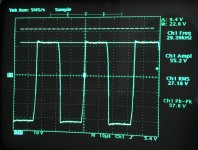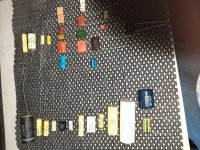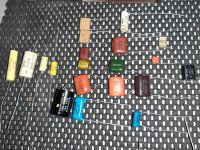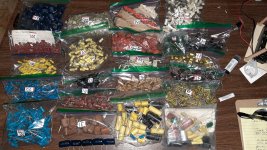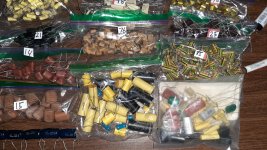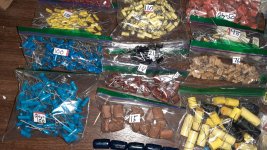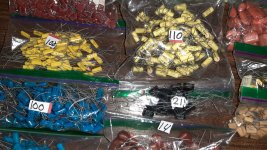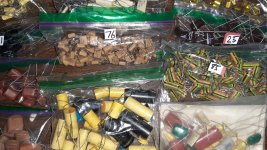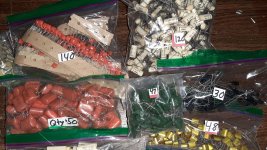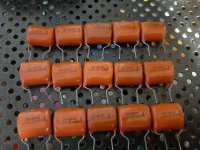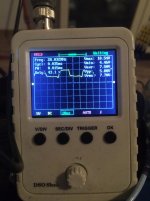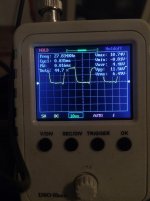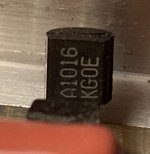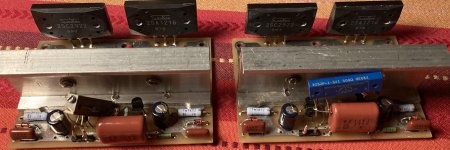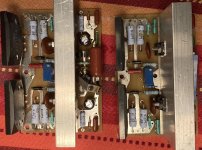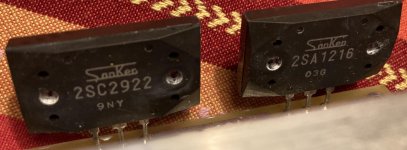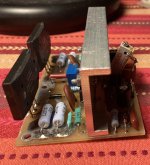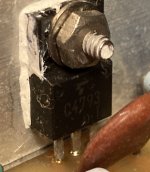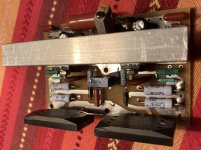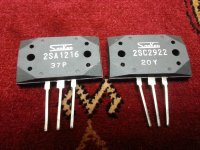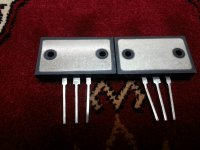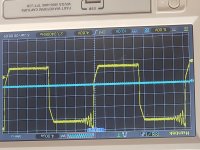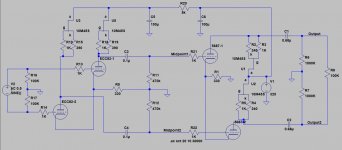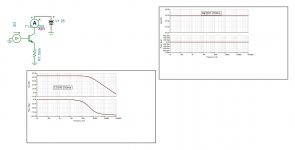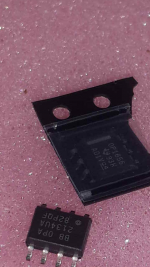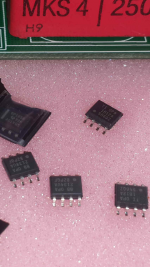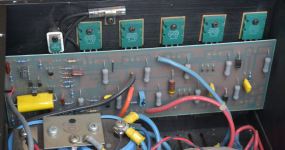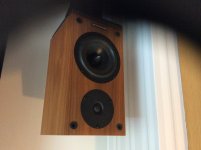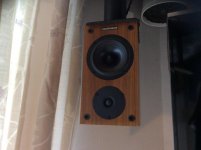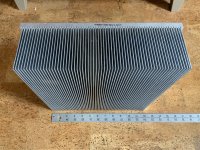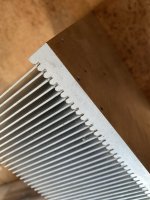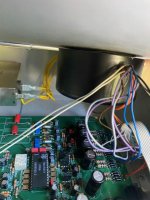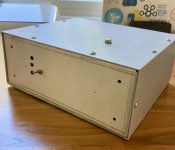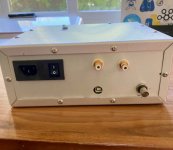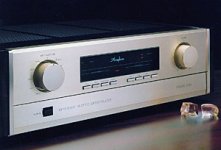Mtx thunder 2301 output inductor
Ok so i got 2 of these 2301 amps i bough broken. After some parts around, i got 1 working. The second one had blown ps fets, gate resistors, ps drive transistor resistors, a shorted diode that i think the factory installed inplace of a rail cap and the inductor seemed to have some heat damage and a prior attemp to repair.
I got the amp to idle, even tho it was running hot and producing sound. Well here is were my problem starts.
The output inductor had previously been messed with. It showed signs of overheating. Before powering the amp i took it out and compared it to the working amp. First thing i noticed is that it was installed incorrectly as if it got turned 90 degrees. I checked it for shorts between the two windings and it checked ok. Due to the burned wires, i had to cut some wiring and unwrap a turn on each winding. Checked for short and it was ok, even tho i don’t know for sure if the individual windings are shorted within themselves.
Went ahead and installed it and the amp runs a bit warmer then the other one.
Here is were it gets weird. The amp produces sound both on the scope and with a load connected. Clean and no issues up to about 8 volts ac on the wave. Any higher then that and i see the wave start to break up(not clipping). The output wave soon dissapears, the fans try to turn on and the amp starts to draw more current. I havn’t measured the current draw, but i can hear the power supply fan slow down a bit, and voltage drops to about 8.5 from 12.5.
Here it gets pretty weird. I’m testing the amp with a sound generator app. I noticed that the higher the frequency, the lower the output of the amp before it (glitched). If i use a tone bellow 15hz i was able to get 35 volts of clean output before it started to clip. And the fan was running full speed like it should with full output. As soon as it increase the frequency, i hear what sounds like a hizzing sound and my output wave drops out. I didn’t noticed any dc on the output.
Finally broke down and pulled the inductor from the other amp and put it on there. The amp runs cold and i can get full clean output in all frequencies.
Now for my questions, what are my options with this output inductor? Is this typical behavior of a shorted inductor? Did me and the previous repairer removed enough turns from the inductor to make inefective at higher frequencies. I’m considering re-winding the inductor, but i don’t want to un do the working one to measure the wires. I do not have ways to measure inductance (that i know of). Any advice? I’m doing this mainly to learn more, so i want to know the how and why.
Thanks for the help.
I’ll get some shots of the amp and the inductor here shortly.
I got the amp to idle, even tho it was running hot and producing sound. Well here is were my problem starts.
The output inductor had previously been messed with. It showed signs of overheating. Before powering the amp i took it out and compared it to the working amp. First thing i noticed is that it was installed incorrectly as if it got turned 90 degrees. I checked it for shorts between the two windings and it checked ok. Due to the burned wires, i had to cut some wiring and unwrap a turn on each winding. Checked for short and it was ok, even tho i don’t know for sure if the individual windings are shorted within themselves.
Went ahead and installed it and the amp runs a bit warmer then the other one.
Here is were it gets weird. The amp produces sound both on the scope and with a load connected. Clean and no issues up to about 8 volts ac on the wave. Any higher then that and i see the wave start to break up(not clipping). The output wave soon dissapears, the fans try to turn on and the amp starts to draw more current. I havn’t measured the current draw, but i can hear the power supply fan slow down a bit, and voltage drops to about 8.5 from 12.5.
Here it gets pretty weird. I’m testing the amp with a sound generator app. I noticed that the higher the frequency, the lower the output of the amp before it (glitched). If i use a tone bellow 15hz i was able to get 35 volts of clean output before it started to clip. And the fan was running full speed like it should with full output. As soon as it increase the frequency, i hear what sounds like a hizzing sound and my output wave drops out. I didn’t noticed any dc on the output.
Finally broke down and pulled the inductor from the other amp and put it on there. The amp runs cold and i can get full clean output in all frequencies.
Now for my questions, what are my options with this output inductor? Is this typical behavior of a shorted inductor? Did me and the previous repairer removed enough turns from the inductor to make inefective at higher frequencies. I’m considering re-winding the inductor, but i don’t want to un do the working one to measure the wires. I do not have ways to measure inductance (that i know of). Any advice? I’m doing this mainly to learn more, so i want to know the how and why.
Thanks for the help.
I’ll get some shots of the amp and the inductor here shortly.
